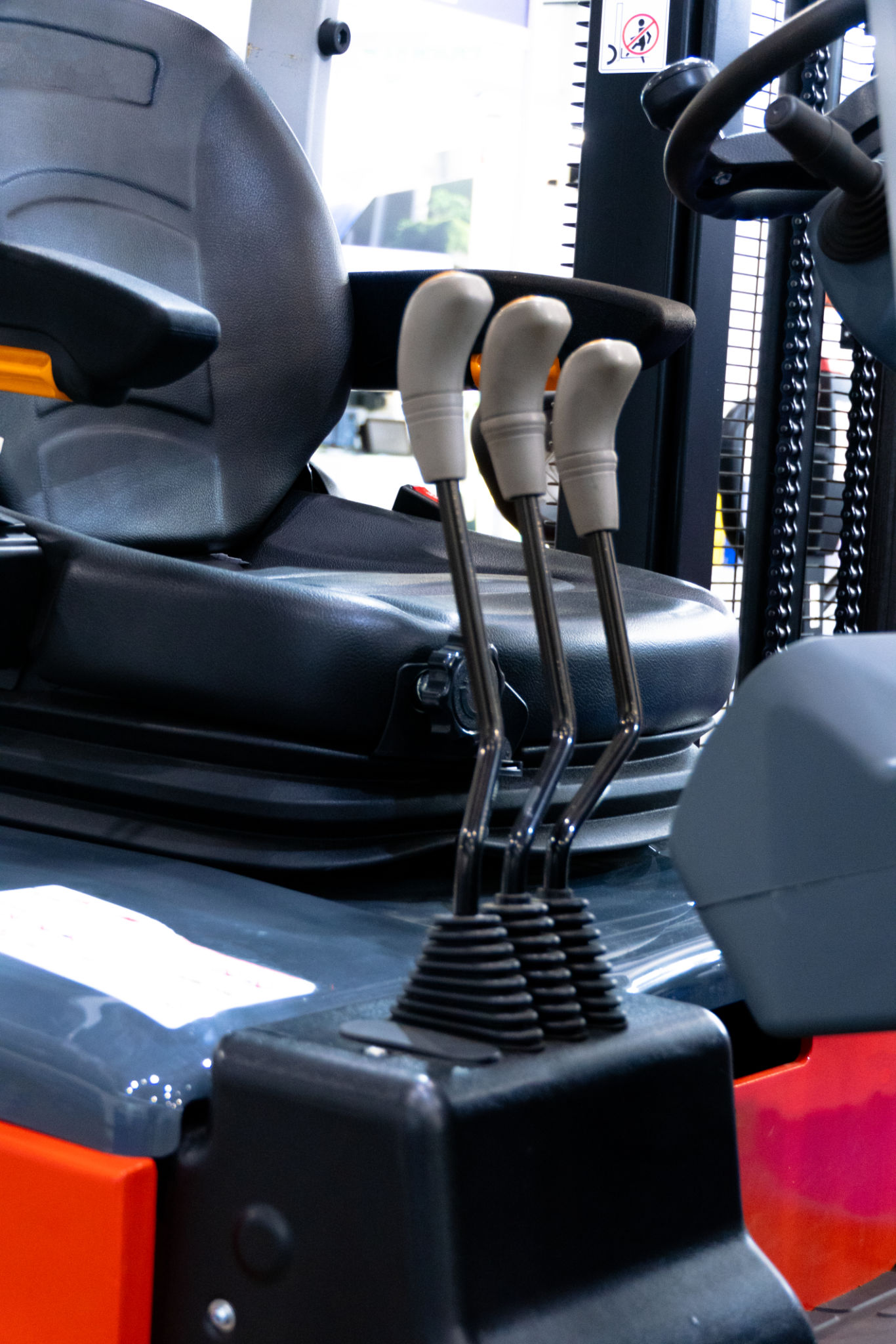Demystifying Common Forklift Myths: What You Need to Know
Introduction to Forklift Myths
Forklifts are essential tools in various industries, from warehousing to construction. However, there are numerous myths and misconceptions surrounding their operation and safety. In this post, we'll explore some of these common myths and shed light on the truths behind them.
Myth 1: Anyone Can Operate a Forklift
One of the most prevalent myths is that anyone can operate a forklift with little to no training. In reality, forklift operation requires specialized training and certification. The Occupational Safety and Health Administration (OSHA) mandates that all forklift operators undergo proper training to ensure safety and efficiency in the workplace.

The Importance of Certification
Certification ensures that operators understand the mechanics of the forklift, safety protocols, and how to handle specific scenarios that might arise during operation. Employers are responsible for providing this training and certifying their operators.
Myth 2: Forklifts Are Easy to Maneuver
Another common misconception is that forklifts are easy to maneuver due to their compact size. While forklifts are designed for functionality in tight spaces, they require precise handling skills. The rear-wheel steering can be counterintuitive for those used to driving cars, making it crucial for operators to be adept at navigating these machines.
Understanding Forklift Dynamics
Unlike automobiles, forklifts have a different center of gravity and weight distribution. This makes them prone to tipping if not handled correctly, especially when carrying heavy loads. Operators must be aware of the forklift's load capacity and adhere to safety guidelines to prevent accidents.

Myth 3: Forklift Maintenance Isn't Crucial
Some believe that forklifts do not require regular maintenance, thinking they are robust enough to withstand constant use without upkeep. This is far from the truth. Regular maintenance is vital to ensure the longevity and safety of the forklift.
The Role of Regular Maintenance
Routine checks help identify potential issues before they escalate into costly repairs or cause accidents. Maintenance tasks include checking fluid levels, inspecting tires and brakes, and ensuring all safety features are functioning properly. A well-maintained forklift not only enhances safety but also boosts productivity.
Myth 4: Forklifts Can Be Driven Like Cars
Many people mistakenly assume that forklifts can be driven like regular cars. However, forklifts have unique operational characteristics that set them apart from other vehicles. For instance, they have a much smaller turning radius and can be highly sensitive to steering inputs.

Adjusting Driving Techniques
Operators need to adjust their driving techniques when using a forklift. This includes understanding the impact of load weight on braking distance and being cautious while turning to avoid tipping over. Proper training is essential to mastering these operational nuances.
Conclusion: Debunking Forklift Myths
Understanding the realities behind these common forklift myths is crucial for ensuring workplace safety and efficiency. By dispelling these misconceptions, businesses can prioritize proper training, maintenance, and operation protocols. Ultimately, this leads to safer work environments and enhances productivity across industries reliant on forklifts.
